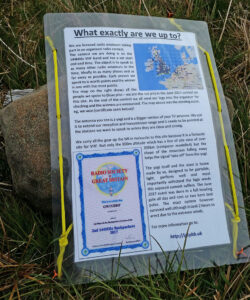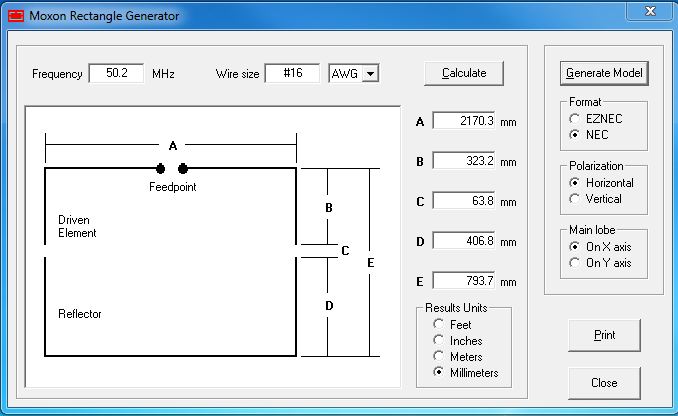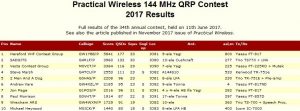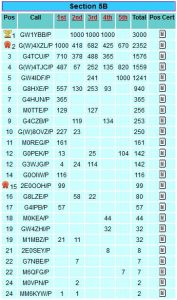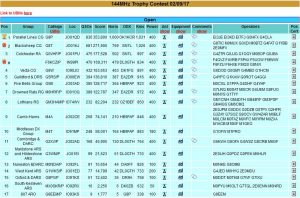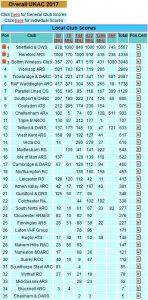This page describes the YBB Wire Winder system for radials for amateur radio vertical antennas and why I have come up with this design to make winding up vertical antenna radial wires easy.
I’m in the process of using my 50 foot fibreglass push up mast as a multiband vertical antenna as often referred to these days as a DXCommander. The build of that is detailed here:
https://g1ybb.uk/tmf-3-based-dxcommander-style-vertical-portable-antenna/
But one thing I have already discovered in various tests is the wire radials for the ground plane are a complete pain in the butt to deploy and untangle. If you do not spend some time at pack up taming the wires you are surely going to regret it next time!
My radials are in bunches of 6 soldered into one ring terminal per 6. Six wires really love building birds nests for some reason. Currently I am coiling up each wire and securing it with tape, then putting the set of six into a bag to isolate them from all others. This works but is very time consuming and will fail when raining as the tape won’t stick. Here is one set:
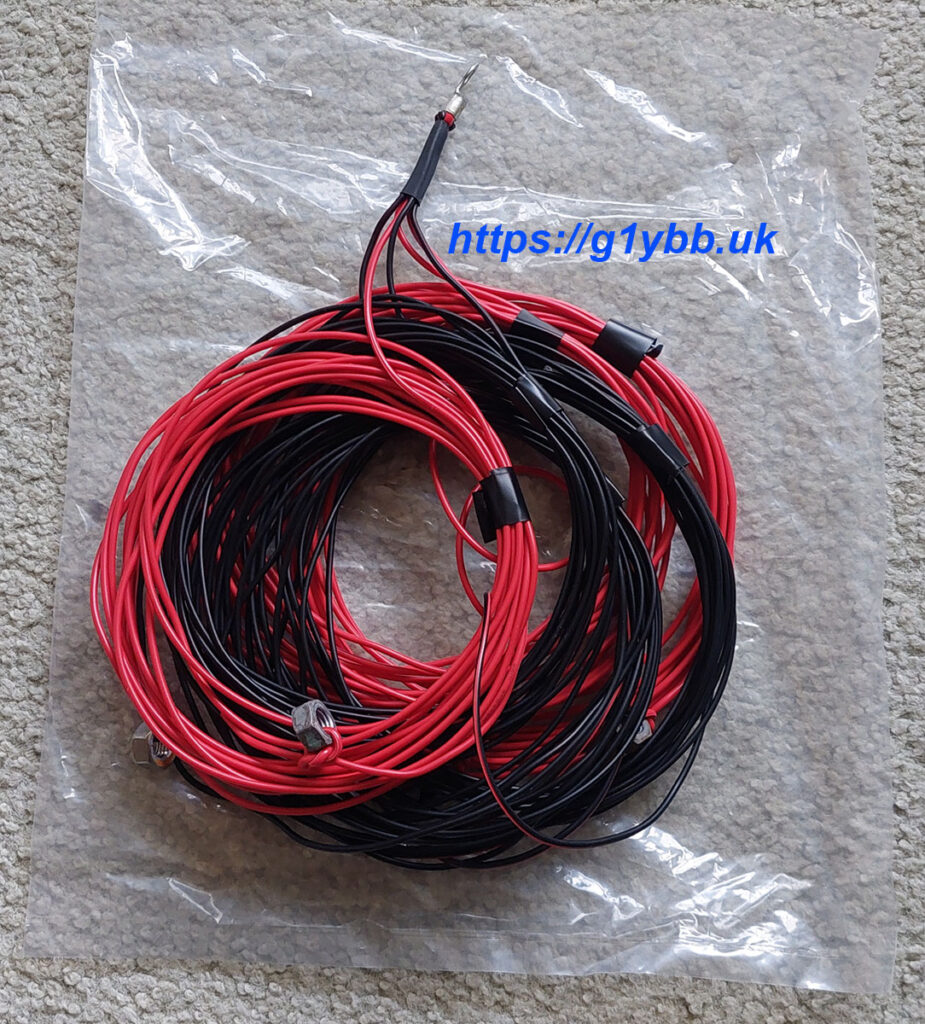
As I have several sets of radials of differing lengths I needed to come up with a better solution to make it faster and easier. After some pondering I have come up with The YBB Wire Winder System for radials. continue reading
